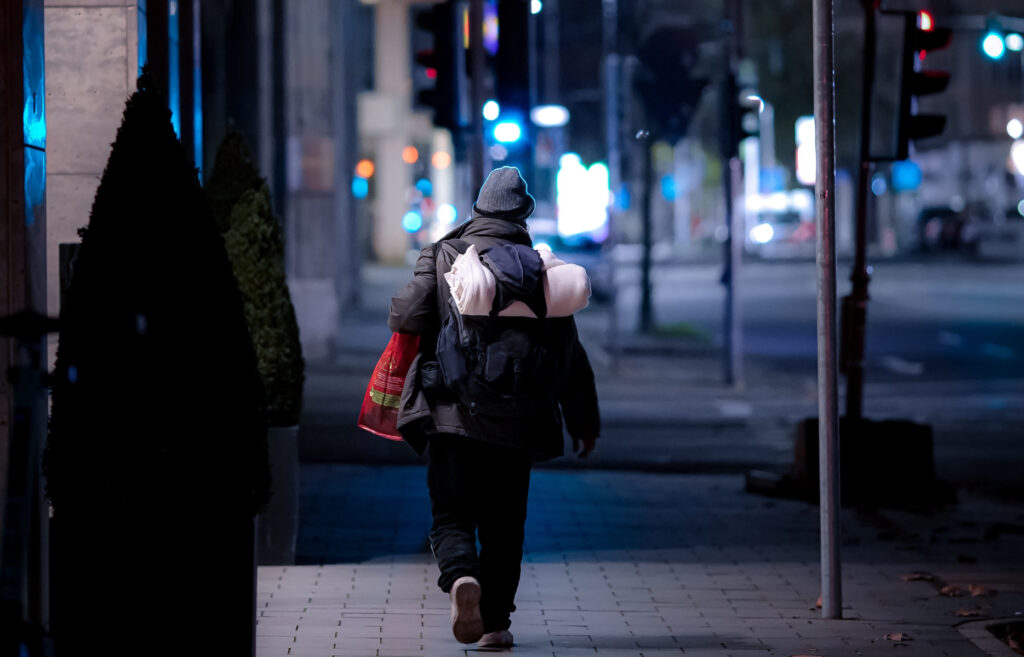Subscribe to keep up to date with the latest research, resources, news and events from The Deck.
You can also sign up to Q Shelter’s monthly newsletter, Home Matters.

Carrie Anne Marshall, Abrial Cooke, Julia Holmes, Jordana Bengall, Suliman Aryobi, Brooke Phillips, Rosemary Lysaght, Rebecca Gewurtz
“It’s like your days are empty and yet there’s life all around”: A mixed methods, multi-site study exploring boredom during and following homelessness.
To identify experiences of boredom and associations with psychosocial well-being during and following homelessness.
Using a convergent, mixed-methods explanatory design, we conducted quantitative interviews with 164 participants) (n = 102 unhoused; n = 62 housed following homelessness) using a 92-item protocol involving demographic components and seven standardized measures of psychosocial well-being. A sub-sample (n = 32) was approached to participate in qualitative interviews. Data were analyzed by group (unhoused; housed). Quantitative data were analyzed using descriptive statistics designed to generate insights into boredom, meaningful activity engagement, and their associations with psychosocial well-being during and following homelessness. Qualitative data were analyzed using thematic analysis. Quantitative and qualitative findings were integrated at the stage of discussion.
Quantitative analyses revealed small to moderate correlations between boredom and increased hopelessness (rs = .376, p < .01), increased drug use (rs = .194, p < .05), and lowered mental well-being (rs = -.366, p < .01). There were no statistically significant differences between unhoused and housed participants on any standardized measures. Hierarchical regression analyses revealed that housing status was not a significant predictor of boredom or meaningful activity engagement (p>.05). Qualitative interviews revealed profound boredom during and following homelessness imposing negative influences on mental well-being and driving substance use.
Boredom and meaningful activity are important outcomes that require focused attention in services designed to support individuals during and following homelessness. Attention to this construct in future research, practice, and policy has the potential to support the well-being of individuals who experience homelessness, and to contribute to efforts aimed at homelessness prevention.